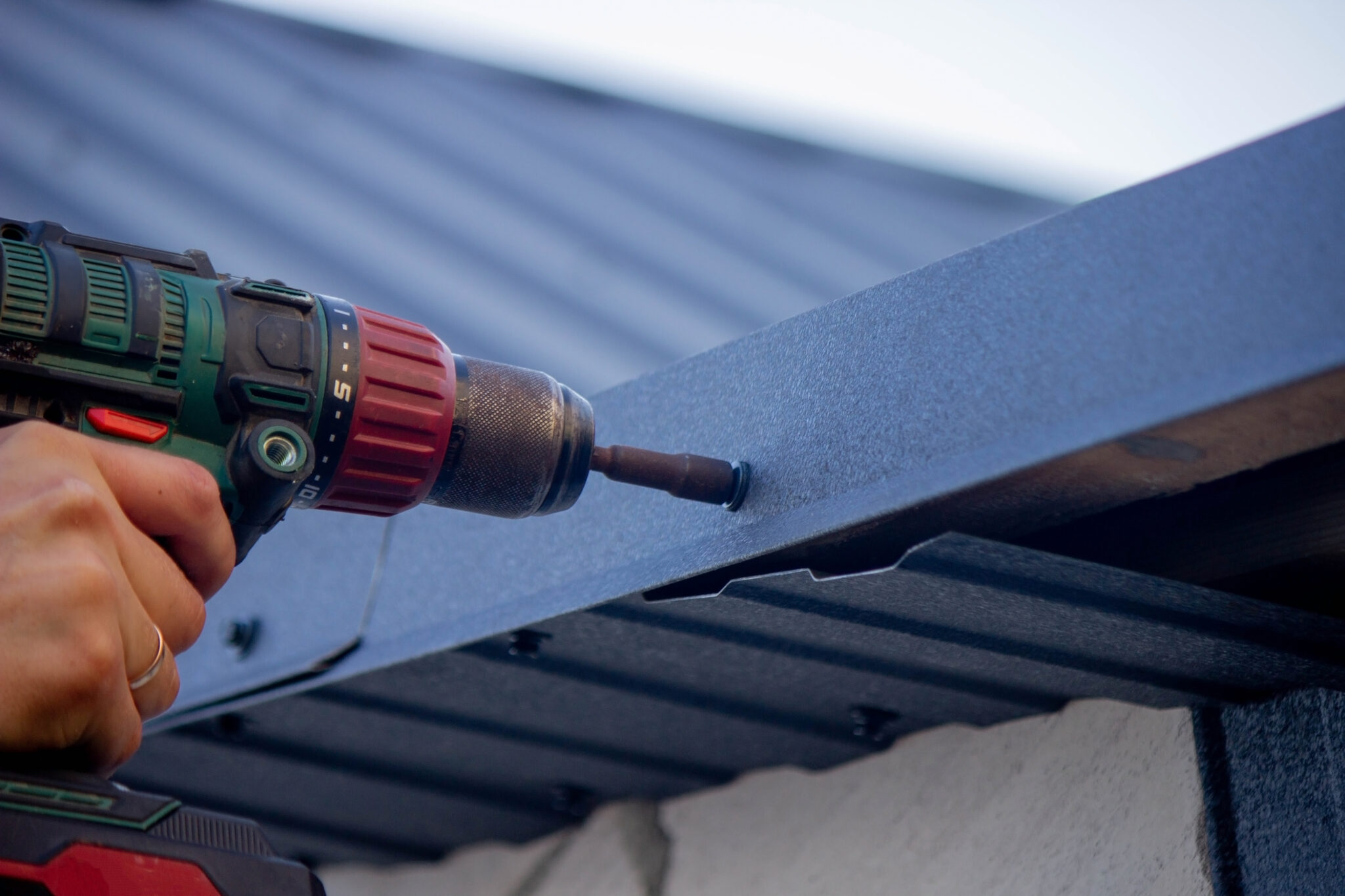Roof evaluations are a crucial part of home maintenance that often go overlooked. Many property owners may not understand the importance of regular roof assessments and what they entail. When it comes to defending your home, understanding the roof inspection method can help you spot potential issues before they become serious problems, ensuring both your security and your investment.
During a roof inspection, certified roofers will assess various components of your roofing system, looking for signs of wear, damage, or impending collapse. But what should you anticipate when you schedule a roof inspection? In this piece, we'll explore the main facets of the inspection method, how to know when it’s time for a replacement roof, and the importance of remaining aware about roofing maintenance and repair choices. Whether you are considering a roof replacement or simply want to extend the life of your present roof, knowing what happens during an inspection is crucial for every property owner.
When is the Right Time to Replace Your Roof
Recognizing the right moment to replace your roof can help you avoid high repair costs and protect your house. click here to find out more is the roof's age. Most roofing materials come with certain life expectancies; for illustration, asphalt shingles typically last around 20-25 years, while metal roofs can last 40-70 years. If your roof is getting close to or has exceeded its expected lifespan, it may be time to start planning for a replacement.
Another significant sign is the condition of the shingles. Look for missing, cracked, or curling shingles, as these can weaken your roof's structure. Additionally, if you see granules from shingles building up in your gutters or if the roof has noticeable degradation in various places, it’s a definite sign that you should think about replacing it. Frequent checks can help detect these problems early, enabling you to manage them before they grow serious.
Finally, be alert for signs of roofing troubles indoors. Water stains on ceilings or your walls, mold or mildew in the attic, and higher energy bills can all suggest that your roof is not performing well. If you spot these problems, it's essential to reach out to a roofing specialist. They can assess the situation and help you determine whether a full roof replacement is necessary or if fixes can help it last longer.
Common Roofing Issues & Resolutions
Homeowners often experience multiple rooftop problems that can affect the integrity and performance in the roofs. An often seen among the most common issues includes roof leakage, that can be resulting by damaged shingles, flashing damage problems, or deterioration around chimney and ventilation. In order to fix these leaks, it's essential to identify the cause initially. Homeowners may look for dark spots in the ceiling and marks of water, which signal where repairs are required. Short-term solutions such as tarpaulins can serve until such time as a licensed expert is able to perform permanent fixes.
A further common issue includes the accumulation in waste in the roof, such as leaves, branches, as well as grime, that may lead to mold growth as well as standing water. Consistent maintenance is important to ensure proper drainage as well as prevent moisture-related damage. Property owners may arrange periodic checkups or engage experts to clean their roofing as well as drainage systems. This anticipatory approach not just improves the roof's look but also prolongs its service life.
In conclusion, property owners must understand the effects of harsh climate, which can cause damage like missing tiles or dented metal roofing. As soon as a severe weather event hits, it's crucial to conduct a comprehensive inspection after the storm. Fixing any visible harm promptly can forestall further complications. If extensive harm is found, it is advisable to consult a licensed roofing expert to conduct a comprehensive evaluation and repair is recommended to make certain that the roofing stays strong as well as leak-free.
Choosing the Appropriate Roofing Option
Selecting the right roofing material is essential for providing the longevity and efficiency of your house. Different materials offer different advantages and disadvantages that can affect not only the aesthetics of your house but also its ongoing care needs. Bitumen tiles are well-liked due to their cost-effectiveness and simplicity of installation, making them a good option for many homeowners. On the other hand, metal roofing provides remarkable durability and can resist severe climatic conditions, though it typically is available at a increased initial cost.

When evaluating roof options, it's crucial to evaluate your local climate, the design of your home, and your individual tastes. For instance, tile roofs are an appealing option in warmer, Mediterranean-style homes, providing thermal regulation. On the contrary, if you reside in an area susceptible to significant snowfall, a sloped roof with sturdy materials may be the most suitable choice to avoid snow accumulation and potential leaks.
Another important consideration is the environmental impact of your roofing material. Sustainable roofing options, such as green roofs or environmentally friendly materials, are increasing in acceptance among environmentally conscious property owners. These materials not only reduce energy costs but also contribute to biodiversity and improve atmospheric conditions. By thoughtfully considering the pros and cons of each roof option and reflecting on long-term implications, homeowners can make an educated decision that meets their needs and wants.
